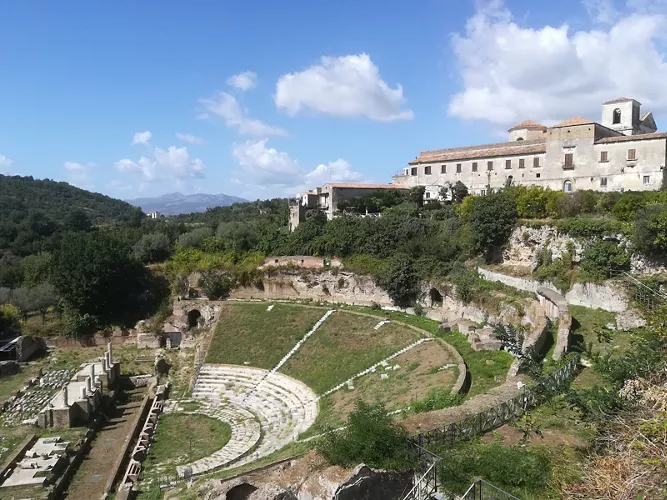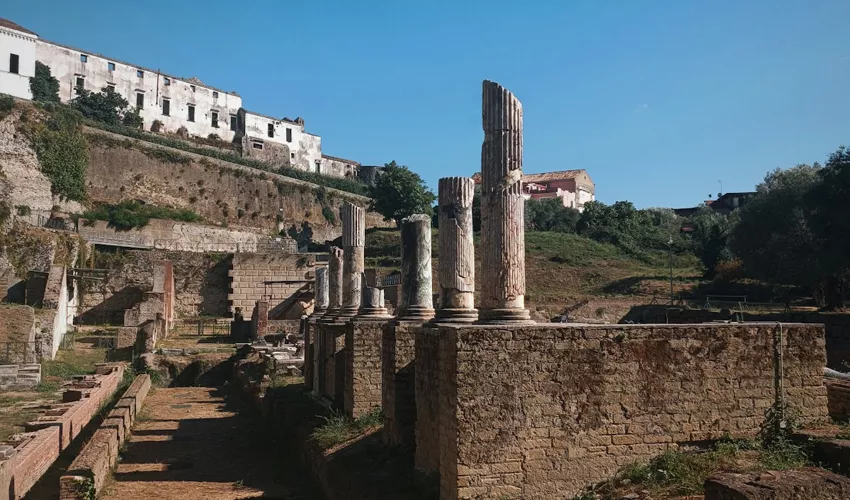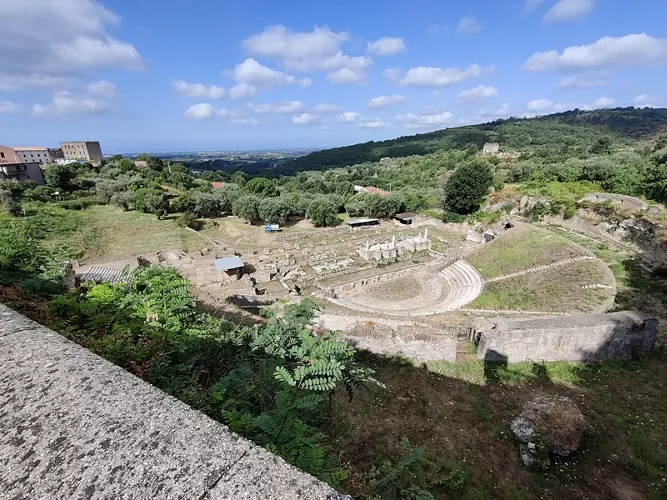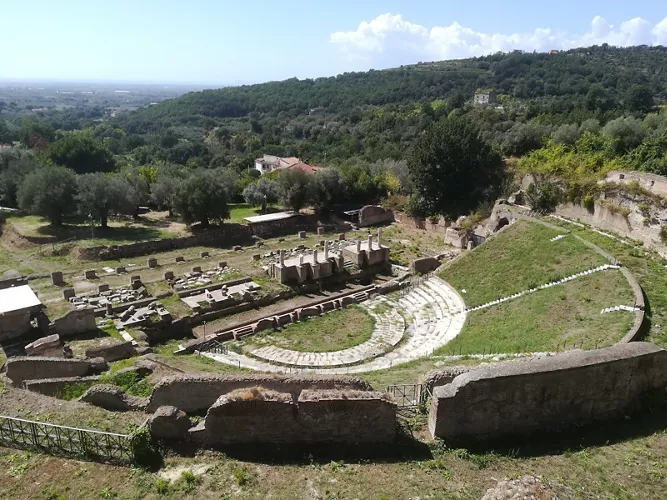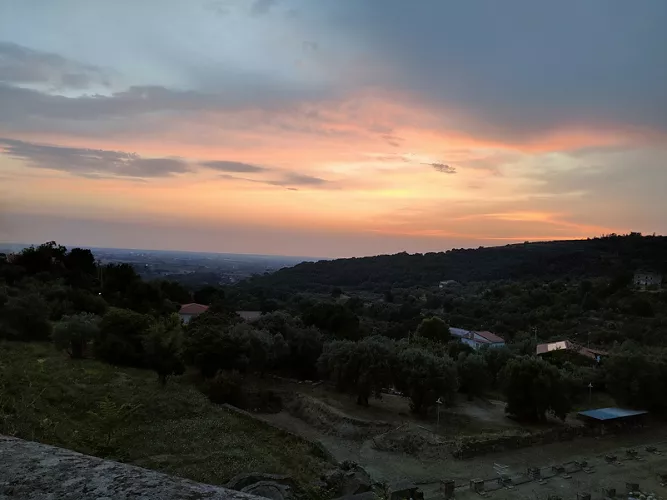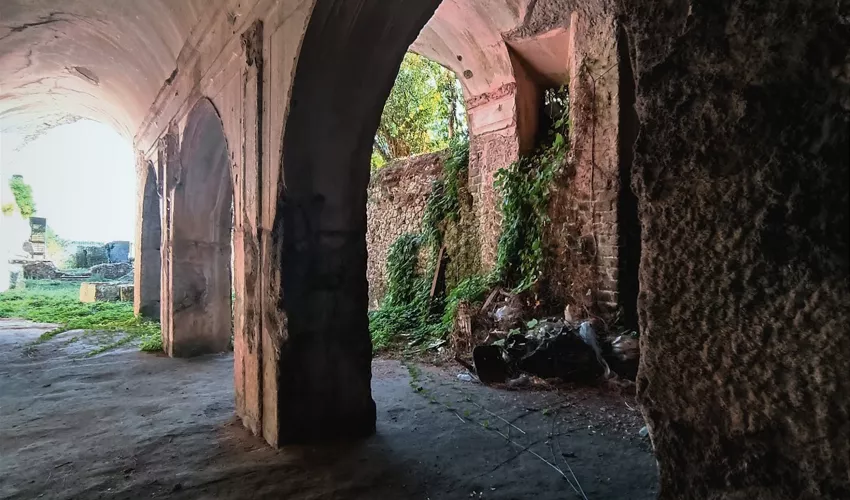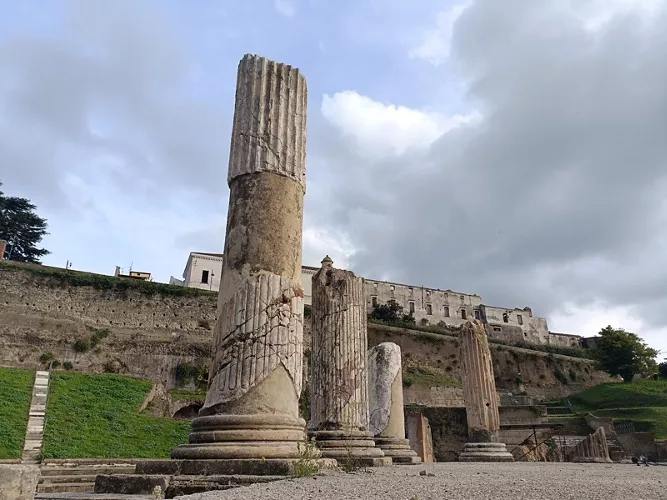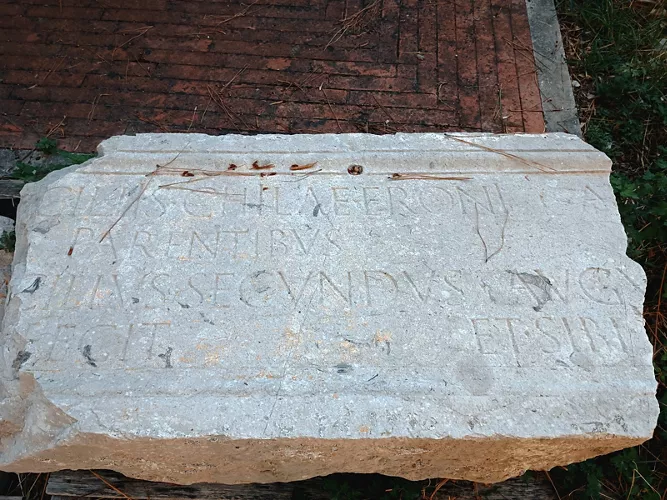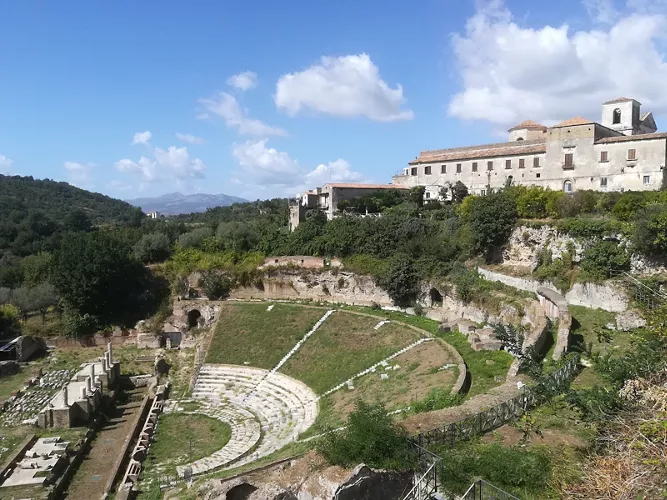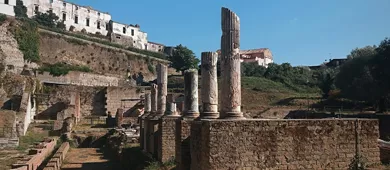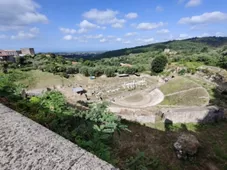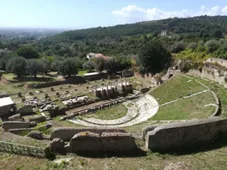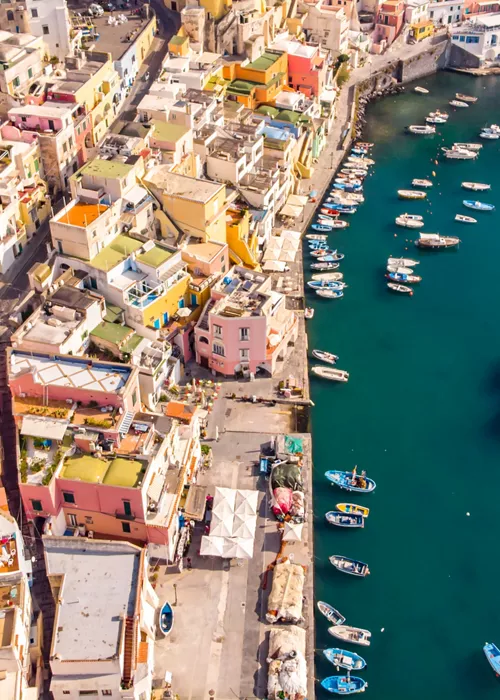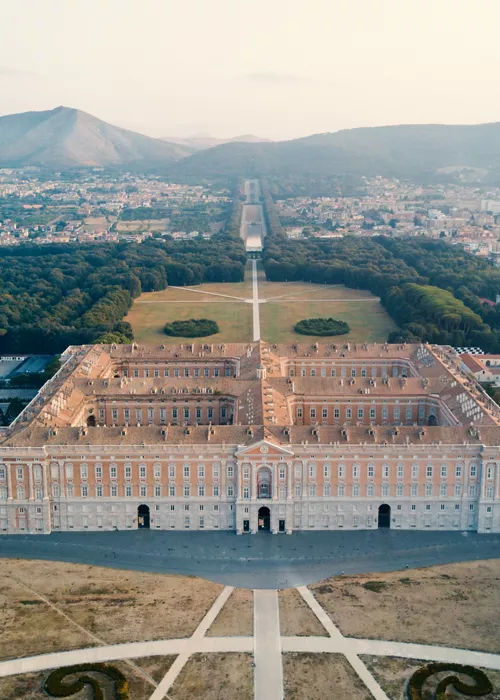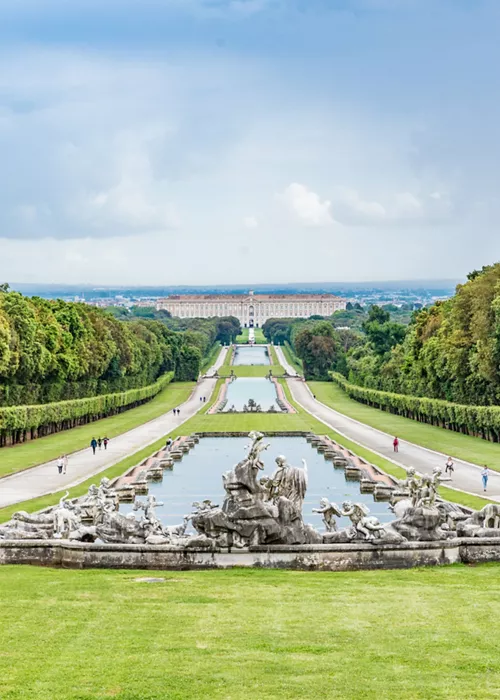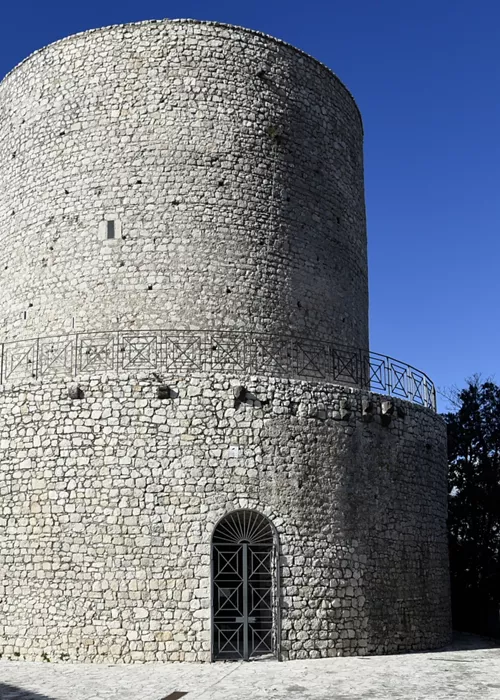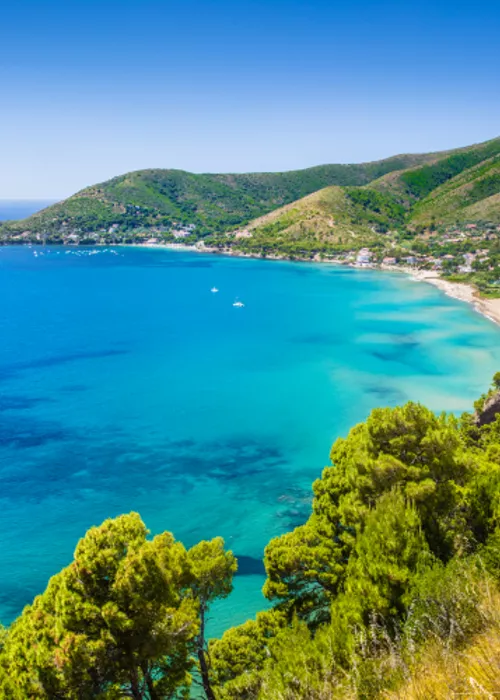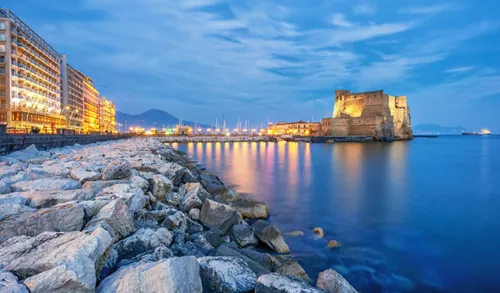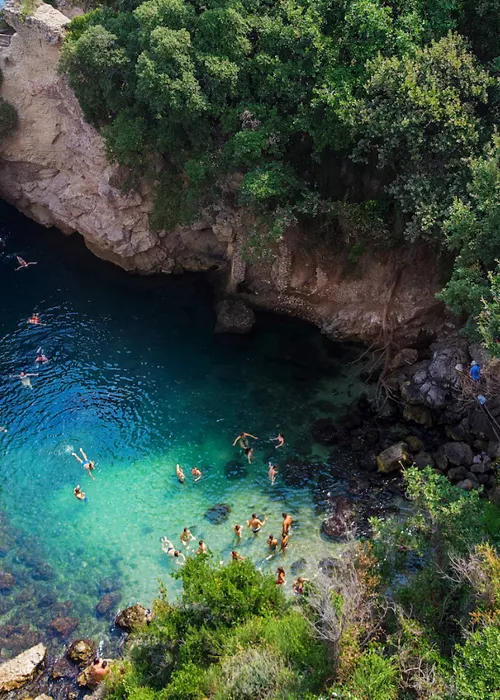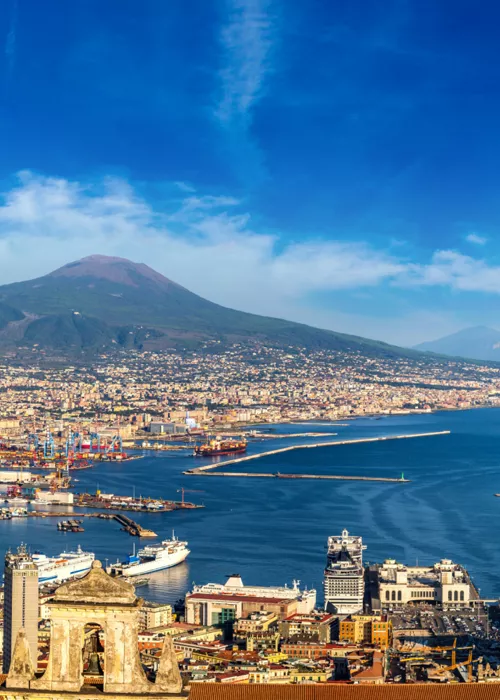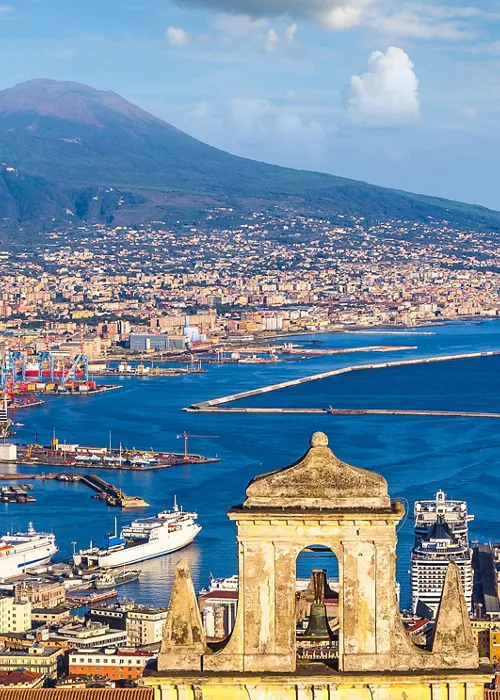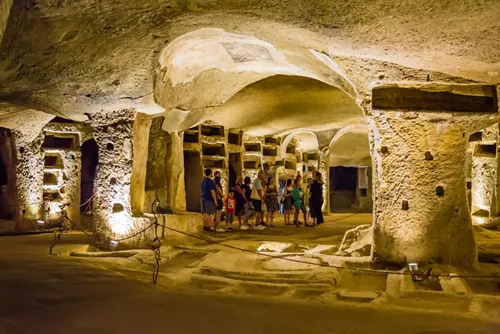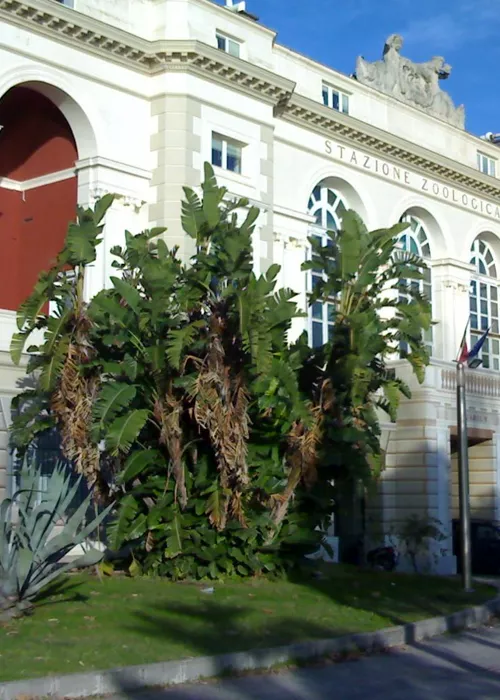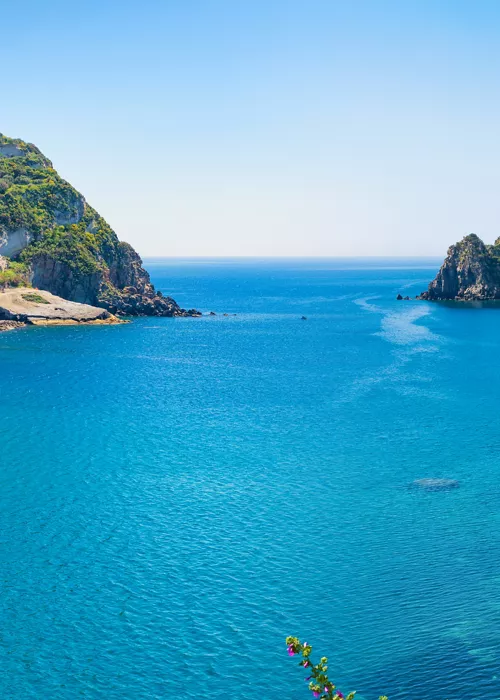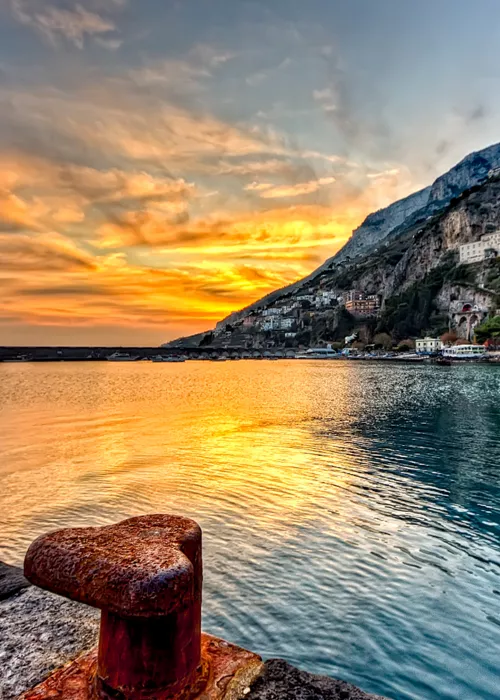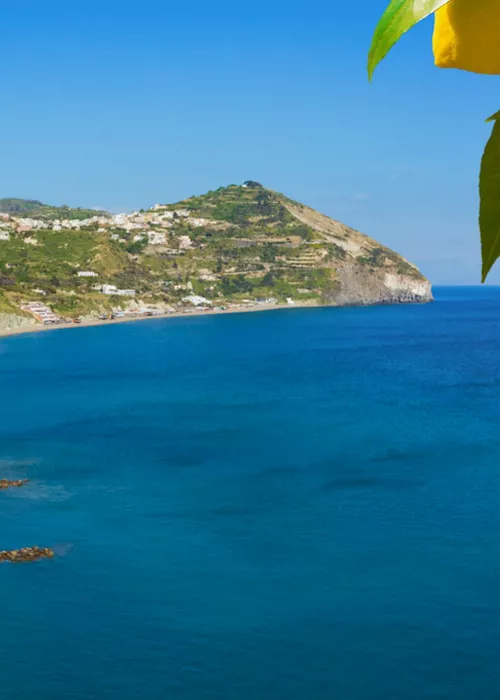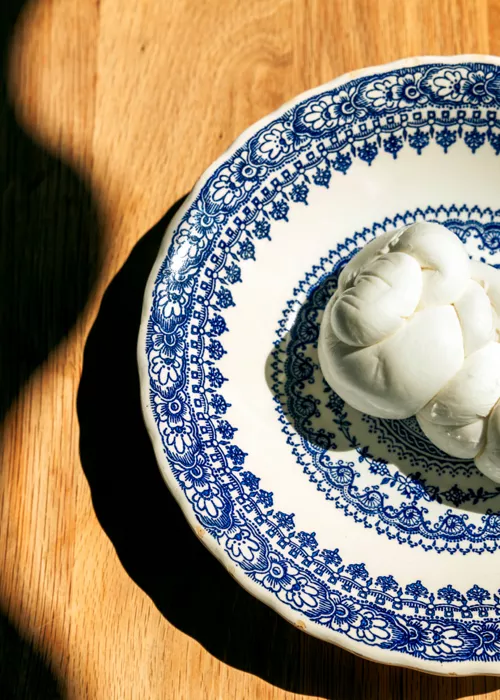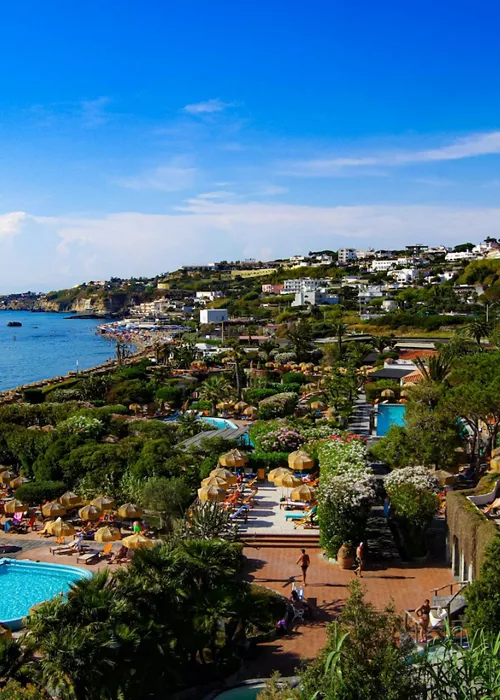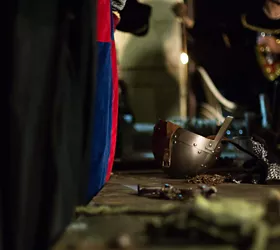The largest Roman public building discovered so far in Campania, the Roman Theatre of Sessa Aurunca, was brought to life and restored between 1999 and 2003. Built under the empire of Augusto in the 1st century AD and then renovated and enlarged in the 2nd century AD, under Antonino Pio, it is a living testimony to the power of Rome in Campania and Suessa in particular. Its masonry, with a height of no less than 20 metres, includes a cavea 110 metres in diameter, with three tiers of limestone tiers that could seat up to 10,000 spectators.
Another imposing structure is the one that supported the velarium, used to protect those present from the sun, and the great stage building, 40 metres long and originally 24 metres high, from which the 84 columns divided into three superimposed orders stand out. A true open-air museum, it is decorated with precious marble from various areas, such as the Greek islands, Numidia and Egypt. Numerous dedicatory and commemorative inscriptions can also be viewed, as well as fragments of sculptures that decorated the theatre and depicted people such as Traiano and Adriano, their wives Plotina and Sabina, Livia and Agrippina the elder. Matidia the elder, Sabina, Plotina and Matidia the younger are the sculptures from the sacellum in summa cavea. On either side of the scenic building was the porticus pone scaenam, with two basilica-like halls, one frescoed and with a nymphaeum, the other with a crypta and connected to the extra-urban road, near which is a sacellum with a fresco of the Genius loci. There is a latrine with a woven floor and marble-clad walls, built in the 3rd century BC.
Another important structure is the cryptoporticus, a building that was probably for public use and stood near the Forum, a short distance from the theatre, on the west terrace of the ancient city. It appears to date back to the Sillan or late Sillan age and is divided into three arms with two naves separated by rows of pillars and covered by barrel vaults. The walls retain a white stucco cladding with architectural features in relief, on which some interesting engravings with names of poets and Virgilian verses are engraved.
Close by, in the area of today's Porta Cappuccini, a vast extra-urban residential villa was recently discovered, possibly belonging to Matidia, equipped with pars rustica with torcularium for wine production, and pars urbana, with residential rooms. Built in opus incertum in the 2nd century BC, it was renovated in later periods.
The Roman Theatre of Sessa Aurunca is an example of great grandeur and historical importance, offering a remarkable variety of artefacts and discoveries.



